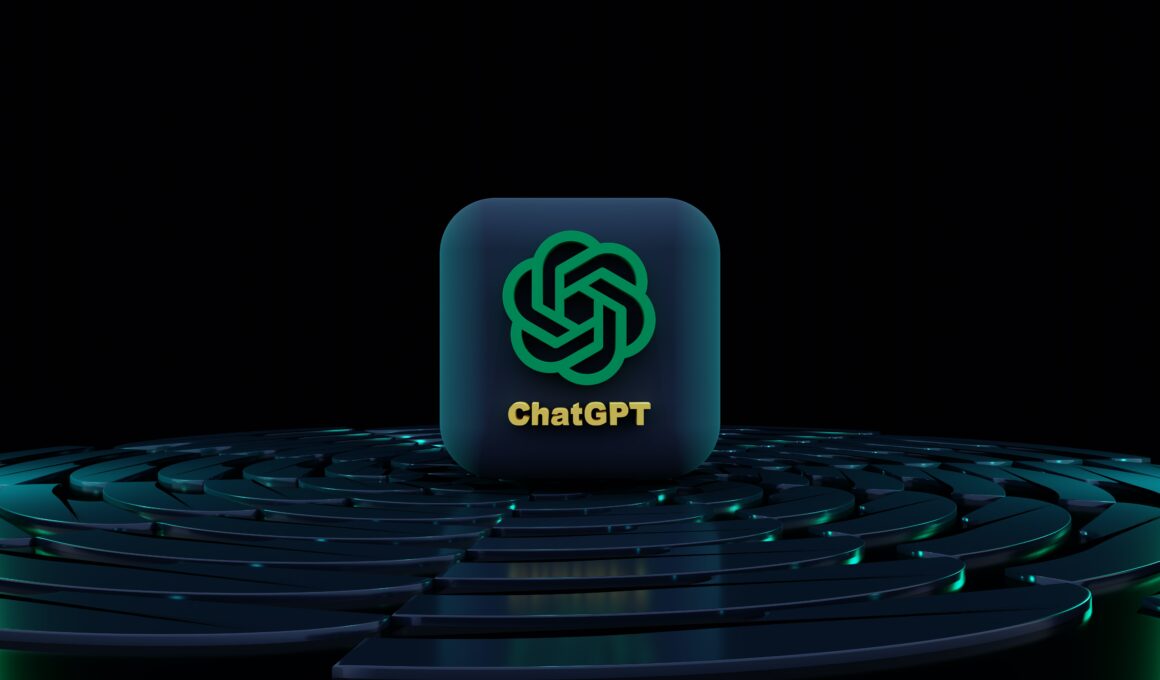Language models like ChatGPT have become increasingly popular due to their ability to generate human-like text responses. But have you ever wondered how ChatGPT works behind the scenes? In this article, we will take a closer look at the inner workings of ChatGPT and provide a technical overview of its language generation abilities.
Neural Network Architecture: ChatGPT is based on a neural network architecture called the Transformer. This is designed to process sequential data, such as text, efficiently. It consists of multiple layers of self-attention mechanisms and feed-forward neural networks, allowing it to process input text in parallel and capture long-range dependencies effectively.
Unsupervised Learning: ChatGPT is trained using unsupervised learning, which means it learns from a large corpus of text data without explicit human-labeled supervision. The performance and accuracy of ChatGPT are continuously improved through ongoing training and fine-tuning processes by OpenAI. However, it may still have limitations and generate incorrect or nonsensical responses in certain situations. Users should critically evaluate the information provided by ChatGPT and not rely solely on it for making important decisions.
Knowledge Cut-off: When a user provides a prompt, ChatGPT processes the input and generates a response by predicting the most likely next word or sequence of words based on the patterns it has learned from the training data. Generating a relevant and coherent response, it uses context from the input prompt, and its internal knowledge base, which includes limited information available up to its knowledge cut-off date.
Language Modelling: ChatGPT is a language model that predicts the most likely next word or sequence of words based on the input prompts. ChatGPT also incorporates other components such as attention mechanisms, which allow it to weigh the importance of different words in a sentence, and positional encoding, which helps it understand the order of words in a sequence. These components help improve the model’s ability to generate meaningful and coherent responses.
Contextual Understanding: It also incorporates contextual understanding mechanisms that use context from the previous messages in the conversation to generate responses that are coherent and contextually appropriate. Therefore, it further allows the model to understand the ongoing conversation and generate a response that is consistent with the given context.
It’s important to note that ChatGPT does not have real-time understanding or reasoning capabilities like a human. It generates responses based on patterns learned from data and does not possess general knowledge beyond its knowledge cut-off date. Gaining insights into the technical functioning of ChatGPT can empower users to assess its responses critically and make informed choices while interacting with the model. As AI progresses, it is crucial to be mindful of the capabilities and limitations of language models like ChatGPT to ensure responsible and knowledgeable utilization.





